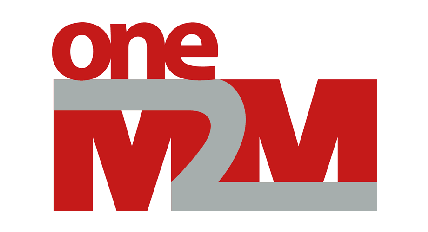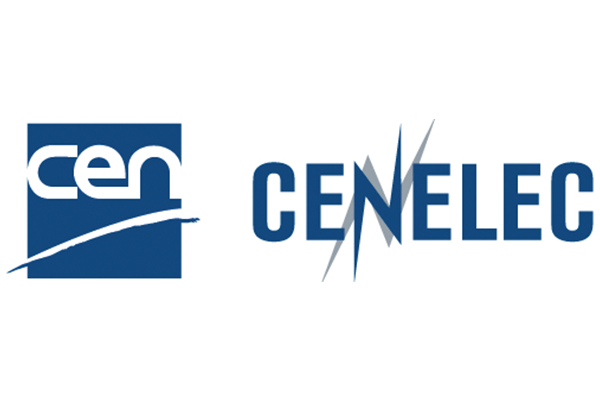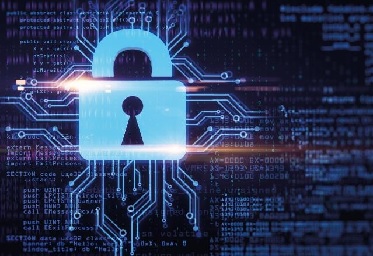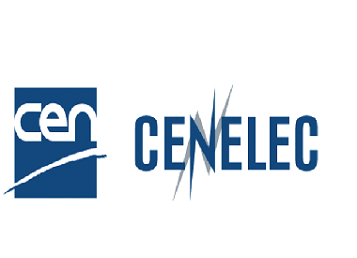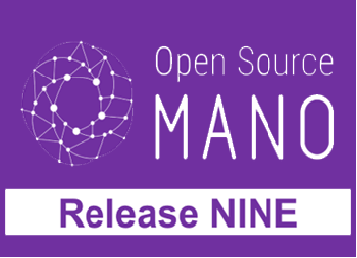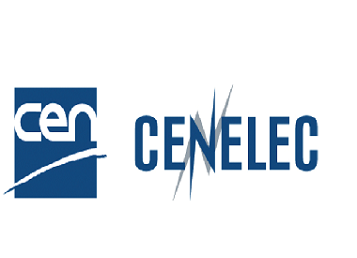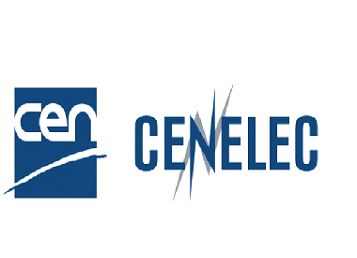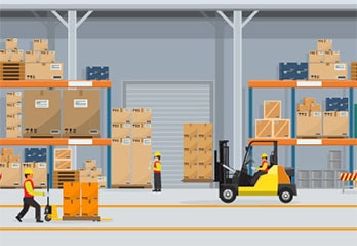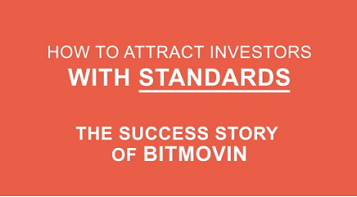oneM2M, the global standards initiative for M2M and IoT technologies of which ETSI is a founding member, is thrilled to announce that its standard has been adopted at a national level in India to develop the 100 smart cities plan of the country.
The standard, developed by a joint global collaborative effort, has already been transposed in India by the Telecommunications Standards Development Society, India (TSDSI). The national adoption of the TSDSI transposition of oneM2M standard highlights the importance of collaboration, testing and certification in the development of IoT devices and software and it will also propel India in the global Internet of Things (IoT) market.
“We are pleased to announce the adoption of TSDSI transposition of oneM2M global standards as national standards for the IoT/M2M ecosystem in India. We have completed this adoption process after following an exhaustive process of consultation as well as critical analysis by a Consultative Committee,” said Sh. Udai K. Srivastava, Senior DDG at TEC. “IoT/M2M will play a significant role in the expansion of the digitally connected society and the realisation of the Smart City Mission program in India.”
CEN, CENELEC’s new position paper on the intended revision of the General Product Safety Directive (2001/95/EC)
The European Commission intends to propose by the end of 2020 a new European Consumer Agenda setting out the main consumer policy priorities in the EU for the years to come. The overall aim is to take stock of a number of trends affecting consumer markets and the related challenges. Incidents linked to Covid-19 have further highlighted some of these trends, for example the increasing use of online sales channels and the need to ensure safety for consumers in this context.
One of the main aims of the European Union, through its consumer safety legislation, is to ensure that only safe products are available on the European single market. European standards (EN) have always had a huge role to play in fulfilling this ambition. This important role is highlighted in a recent Position Paper, drafted and published by CEN and CENELEC in response to a stakeholder’s consultation launched by the European Commission on the General Product Safety Directive.
New EU Cybersecurity Strategy & New Rules to Make Physical and Digital Critical Entities More Resilient
The European Commission and the High Representative of the Union for Foreign Affairs and Security Policy are presenting a new EU Cybersecurity Strategy. As a key component of Shaping Europe's Digital Future, the Recovery Plan for Europe and the EU Security Union Strategy, the Strategy will bolster Europe's collective resilience against cyber threats and help to ensure that all citizens and businesses can fully benefit from trustworthy and reliable services and digital tools. Whether it is the connected devices, the electricity grid, or the banks, planes, public administrations and hospitals Europeans use or frequent, they deserve to do so with the assurance that they will be shielded from cyber threats.
The new Cybersecurity Strategy also allows the EU to step up leadership on international norms and standards in cyberspace, and to strengthen cooperation with partners around the world to promote a global, open, stable and secure cyberspace, grounded in the rule of law, human rights, fundamental freedoms and democratic values.
On 14 October 2020, CEN, CENELEC and ETSI, the three official European Standardization Organizations, joined the international standardization community in celebrating World Standards Day. By focusing on the environment, this year’s edition aims to raise awareness on the potential of standards to help tackle the climate crisis.
Standards play a great role in boosting the ecological transition. They can make home appliances, devices and infrastructures more energy-efficient, create ways to reuse and recycle waste, and set incentives to make steel and cement more sustainable. Developing environmentally ambitious standards is also instrumental to achieve some of the UN’s Sustainable Development Goals (SDGs). This year’s World Standards Day, “Protecting the planet with standards”, celebrates the potential of standards to help our world become more sustainable by setting common rules that help businesses provide better goods and services, while respecting planetary boundaries. It is a moment to showcase particularly successful examples of how standards contribute safe and proactive changes to our world and raise awareness on the importance of standardization to the world economy, but also the environment and consumers worldwide.
ETSI announced the launch of OSM Release NINE . With an array of new features, this Release completes the alignment process with ETSI NFV specifications, culminating in native adoption of ETSI GS NFV-SOL006 for network functions and service modelling. Standardizing the onboarding process for VNFs into OSM fosters interoperability and boosts the growth of OSM’s VNF ecosystem. Release NINE coincides with the announcement of a new production deployment, confirming OSM as the most comprehensive open-source NFV orchestrator and a key enabler for zero-touch end-to-end network and service automation.
OSM Release NINE is the result of almost five years of development and part of the industry’s greater effort towards adopting standards, striving to ensure a healthy and diverse ecosystem of interoperable orchestrators, clouds, and network functions.
AI in Healthcare: Paving the Way with Standardization - CEN and CENELEC’S Stakeholders’ Workshop
In recent years, and in the current quest for digital sovereignty, AI has become one of the top strategic priorities and a key driving force of economic growth. Healthcare is a sector in which this game-changing technology has a particularly high potential to make a huge difference for both health professionals and patients: it allows for faster data analysis and diagnoses, optimises time or outbreak monitoring, and overall provides high-quality care for its citizens. Nevertheless, AI applications must take into account existing European regulatory frameworks, health industry practices, and realworld applications. Furthermore, the COVID-19 pandemic has highlighted the role such new technologies can play for an effective and efficient health system.
In this context, standards have a strategic role to play: in a quickly developing sector, they can help build trust, promote transparency, and provide a common language. To launch the discussion on this topic, CEN and CENELEC, two of the official European Standardization Organizations (ESOs), organised the digital stakeholders’ workshop “Artificial Intelligence in healthcare: paving the way with standardization”.
In the field of intelligent transport systems (ITS), Cooperative ITS (C-ITS) has the potential to further increase the benefits of ITS services and applications. C-ITS is a subcategory of the overall ITS which includes instruments that communicate and share information between ITS Stations to give advice or take actions with the objective of improving safety, sustainability, efficiency and comfort beyond the scope of stand-alone ITS.
In October 2020, CEN and ISO published online a freely available brochure on the topic. This extensive document provides up-to-date information on global standardization in the domain of Intelligent Transport Systems, with a specific focus on Cooperative Intelligent Transport Systems. It is meant to serve as a guide for C-ITS system designers and to support the deployment of such applications. Especially, this living document complements the series of Technical Reports TR 21186 ‘Cooperative intelligent transport systems (C-ITS) - Guidelines on the usage of standards’ developed by CEN and ISO. The Brochure is available on the ITS webpage of the CEN website and on the website of CEN/TC278 Intelligent Transport Systems.
Developed by ETSI in the 90’s, the DECTTM standard (Digital Enhanced Cordless Telecommunications) is implemented in more than a billion short-range communication devices around the world. The technology is now taking a giant step forward with a new set of DECT-2020 New Radio (NR) standards: the ETSI TS 103 636 series defines an advanced radio interface applying modern radio technologies.
It is designed to provide a slim but powerful technology foundation for wireless applications deployed in various use cases and markets. DECT-2020 NR was developed to support broad and diverse wireless IoT applications requiring both ultra-reliable and low-latency communication needed in voice and industrial applications. It also supports massive machine-type communication with millions of devices in a network required in use cases such as logistics and asset tracking, industry 4.0 and building automation as well as condition monitoring.
Standards help researchers bring their innovation to the market and give credibility over the development of an innovative technology, and start-ups and spin-offs to scale up their business. The CEN and CENELEC Innovation Plan aims at addressing venture capital investors by highlighting the benefit of standards. For venture capitalists that invest in risky innovative business, it is crucial to assess the scalability potential of the businesses they are funding. From their perspective, seeing innovative technologies that are developed with the support of standards can reduce the risk for the companies in which they invest.
Bitmovin is a successful example of a start-up that managed to scale-up thanks to standardization. The company was started as a spin-off from research at the University of Klagenfurt, in Austria. Bitmovin’s founders were involved very early in the standardization process of a new video technology and they co-created the MPEG-DASH standard, adopted as ISO/IEC 23009-1. Here you can watch the video success story of Bitmovin.
A group of experts in ETSI TC ITS, the committee in charge of Intelligent Transport Systems, has just completed a set of three standards related to Vulnerable Road Users (VRU) protection with the specification ETSI TS 103 300-3. This standard defines the VRU awareness service together with its key interfaces and protocols as well as the VRU awareness message (VAM) format, semantics and syntax.
The specification completes the Technical Report, ETSI TR 103 300-1 on use cases and the Technical specification, ETSI TS 103 300-2, addressing the functional architecture and requirements for VRU. The development of the standards included stakeholders from around the world and received a large set of contributions from representatives working on different types of vulnerable road users, for example bicycles and motorcycles.






